Have you ever wondered about your family history and how to start tracing your genealogy for free? It’s not as difficult or as expensive as you might think to explore your family tree. In fact, as soon as you know how to begin, you can find your ancestors for free faster and easier than you would imagine.
For me, it all started back with the last visit to my grandma before she passed away. We all suspected this might be one of our last visits together, so my sister and I took the time to run Grandma’s photo album up to Walmart for scanning. Then, we asked Grandma to share photo by photo the people and the memories behind each snapshot. She was happy to oblige and take a walk down memory’s lane! Meanwhile, we came away with a lot of fascinating information about the people and places in our family history.
Naturally, the next step was to write down the family history and make a family tree. Originally, we did this using Word and PowerPoint, but we quickly outgrew our tiny PowerPoint slides and we wondered – could we figure out who came in the generation before grandma’s memories? How far back could we go? And how do you trace family history or find ancestors anyway?
To our surprise, we discovered that it’s actually easier than we thought! In the amazing world we live in today, there are tons of free resources online for tracing family history. All you need to invest is a little time and curiosity…and know how to get started.
Just watch out! It is so much fun it just might become your newest hobby!
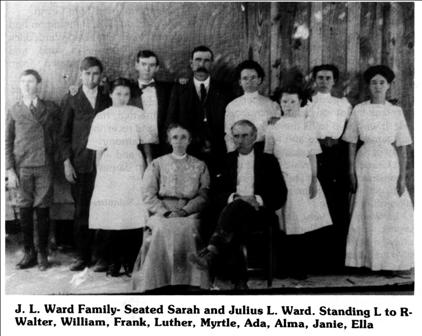
My Top 3 FREE Must-Have Family History Websites
MyHeritage.com
PROS:
This is where my sister and I started out. You can input data for up to 250 relatives for free before having to purchase a paid plan. This resource was incredibly helpful in the beginning because as soon as you input a person’s name and vital statistics, MyHeritage automatically looks for matches among other users. In this way, we quickly learned information to trace the family tree back multiple generations. My Heritage also allows users to attach photos and other documents such as birth records individually to each person in your tree. We found this to be a great way to store family photos and documents of past generations!
CONS:
Each person creates their own personal family tree, so sometimes my sister’s tree and my tree conflicted. Who was right? Plus, while MyHeritage shows a wealth of suggestions, including suggested vital records, they wanted to charge you to see them. Other times they showed you a record match with another person’s family tree but also wanted you to join the paid membership in order to view the connection. (Side-note: Be careful about family trees of others! They can sometimes have errors.) After a while, I got tired of the constant firewall of asking for money and went looking for a free option.
FamilySearch.org
PROS
Enter FamilySearch! The amazing, completely free family research website with no strings attached. You can input as many family members as you want with no limits! It is quick and easy to check their billions of available records and much easier to verify the accuracy of a person’s records, too.
While using MyHeritage, I had already discovered that I could find many vital records over on FamilySearch. In fact, I often use the two in tandem. MyHeritage will show you, for example, that an 1850 census report is available for your ancestor but will not allow you to view it without buying the paid plan. In those cases, I hop over to FamilySearch and look for it and find it for free!
What took me awhile, however, was realizing that I could actually build my family tree on there, too, in addition to searching records. FamilySearch, though, works fundamentally different than MyHeritage. Instead of building your own personal tree, you are loading (and comparing) your family members onto one big, huge, shared family tree that is common to ALL users. Don’t worry – you aren’t allowed to display anyone who is alive in FamilySearch so no one can actually trace your ancestors back to you personally.
The awesome thing about one shared tree is that with so many contributors, the facts are more likely to be documented and accurate. In fact, FamilySearch has a tab for each person where you attach all records. FamilySearch also automatically builds a timeline of each individual’s life and locations. They also automatically scan their records and prompt you of any record matches that might be your person. In this way, it is easy to find vital records that verify an individual’s existence. More on vital records in a moment…
READ: Rules for Teachers in the 1800s – This Might Surprise You!
CONS
I honestly can’t think of many cons to FamilySearch! The only caution is that sometimes, due to many users inputting their data, there may be multiple copies of an individual on your family tree. The other day I came across no less than seven copies of the same person. However, it is also quick and easy to merge those records into one individual. The only other caution is to understand that any other user can also change and modify the records, too.
FindAGrave.com
PROS
FindAGrave.com is a fabulous website of cemeteries all over the world and an amazing resource for family history research. In addition to names, entries may include a photo of the tombstone and sometimes provide additional data such as birthdate, date of death, and location information.
More recent deaths often include an obituary or photos of the person as well. Anther wonderful bonus? FindAGrave often lists relatives of the deceased person such as spouse, parents, siblings, and children. This has been an excellent resource to verify family connections and get exact dates.
Another perk? FamilySearch is automatically linked to FindAGrave.com and will often locate the specific website for you! That’s a win!
CONS
Sometimes I find the FindAGrave.com search engine to be a bit cranky. You need to know the deceased person’s exact name as written on the tombstone and at least a general idea of where they might be buried. If your ancestor used initials on the tombstone, a nickname, or a maiden name, they can sometimes be challenging to find.
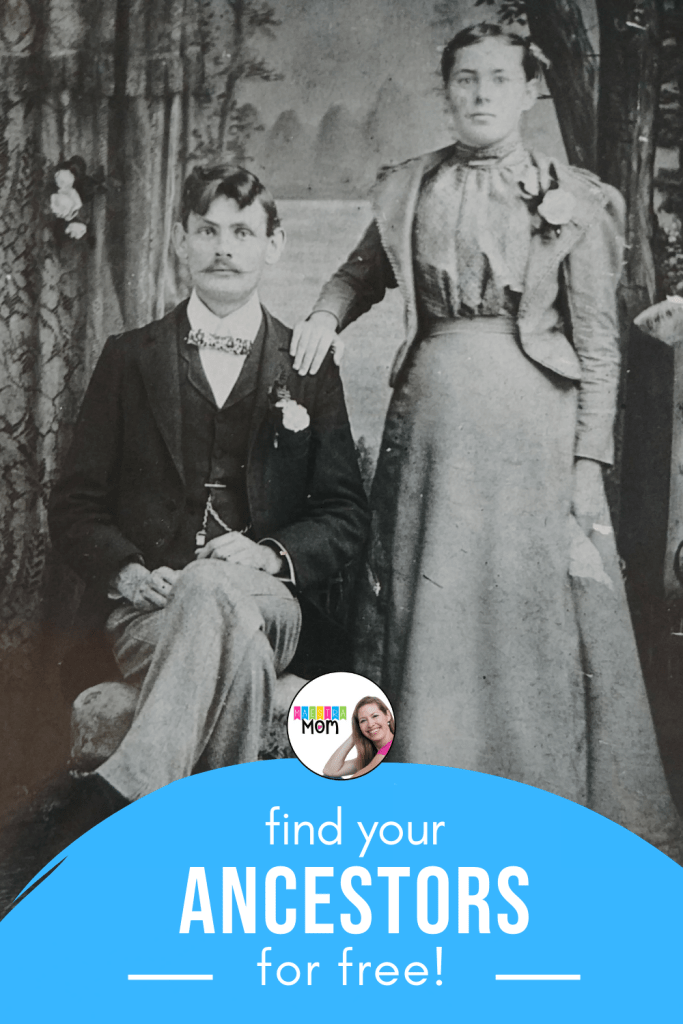
Other Helpful Family History Websites
BillionGraves.com
This site works very similarly to FindAGrave.com and was another helpful site to verify death and other vital statistics for ancestors.
After I have used the above options to dig up all the vital records I can for a person, I almost always simply throw their name and birth or death years into Google and see what comes up. Sometimes, it comes back with absolutely nothing. But, surprisingly, it often finds some really fascinating details!
Sometimes you find websites or eBooks that others have compiled that include your ancestor. I have found entire genealogical studies on certain branches of our family tree already complete and available in eBook form! One time, I discovered an ancestor of mine that had been a founding citizen of a small town in Texas. This town had a historical society that had compiled photos and stories of their founding families online, including my ancestors.
Another time, I found an ancestor highlighted in a Time magazine article from the 1940s. Yet another time, I found a snippet about an ancestor used in a grammar website to demonstrate the meaning of an obscure word. The snippet was taken from a book I could not access, but the snippet itself was highly valuable and interesting. For some of my colonial ancestors, I came across their wills in court records posted online by historical societies.
So, doing a Google search is a definite must!
READ: 10 Life Lessons My Mom Taught Me
Wikipedia.org
As you go further and further back in time, you are sure to come across some ancestors who were notable or famous. In those cases, I found Wikipedia to be invaluable. Wikipedia is an excellent resource for many historical characters, even those who you have probably never heard of before.
As I traced my history back through the generations, I discovered that many war heroes, colonels, generals, as well as specific battles of wars have a page on Wikipedia. You can learn a lot about history and about your specific ancestors by doing a little digging on Wikipedia! Before the current generation, almost every single generation of men fought in some sort of military service. Wikipedia lists many of these soldiers and their battles.
If you happen to hit royalty of any type, as we did, then you can virtually guarantee you will find a Wikipedia page that will tell you their parentage, dates, and vital information. Super helpful!
READ: National Museum of the Pacific War – Guide for Families
Ancestry.com
Ancestry.com is a paid service and so I have never used it as a stand-alone service. However, in a Google search of your relative, you may be able to find an Ancestry page that you can view without paying that may provide just enough helpful information to point you in the right direction! Others claim this is another wonderful resource for family history!
Wikitree.com
WikiTree is another free family history site to which users can contribute. I have found that it is generally worth checking WikiTree if you get stuck somewhere. They just might list the parents or a specific date for which you are hunting. However, I have found it to be inconsistent at times and not always accurate. So, while it is not my first choice for family history research, it is still worth keeping in the line-up!
Legacy.com
Legacy.com is a site of online obituaries. This can be helpful for more recent relatives who may have had an obituary posted somewhere in a newspaper.
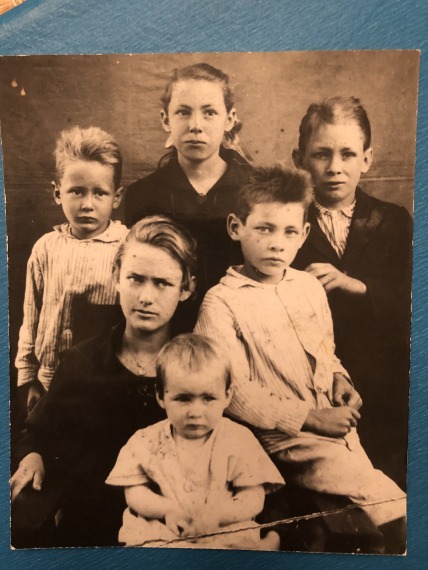
Types of Records for Family History Research
The key to verifying any individual is to find vital statistics and other records that provide facts of their existence. These facts help you piece together their life story. You can easily find records such as these using FamilySearch and the other resources listed above.
- Birth records
- Christening records
- Marriage & divorce records
- Death records
- Obituaries
- Military service & drafts
- Military pensions requests (often requested by the widow)
- Wills
- Census records
- Tax records
- Court records
- Immigration records
- Passenger lists for ships
- Newspaper articles
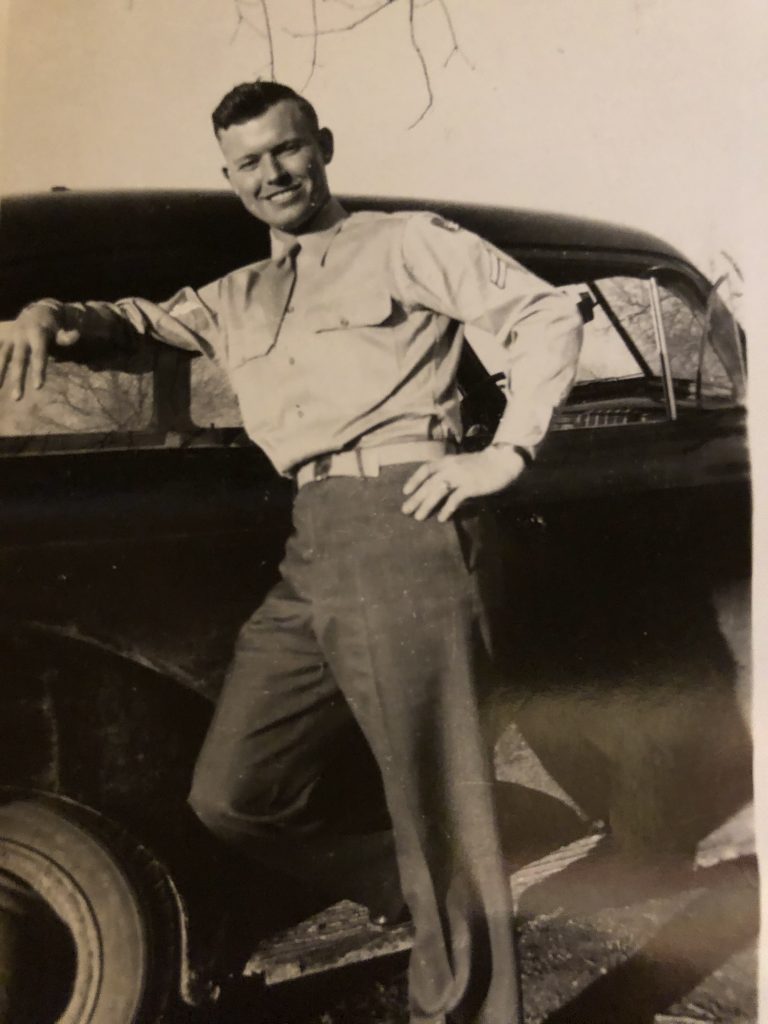
Get Started with Your Family History Research
There are many, many other places online where you can also search for records, but these will get you started and provide you with a place to store all your information. Tracing family history is fun and exciting!
Sometimes, I feel like a sleuth solving a mystery! Just be forewarned – it is a hobby that is hard to quit! There are so many branches that your relatives are almost limitless. As soon as you get one piece, you want to go on to find the next.
Searching for your family history is so much fun and a very enjoyable way to learn about history and geography in context by diving into the personal stories of ancestors! Go get started!
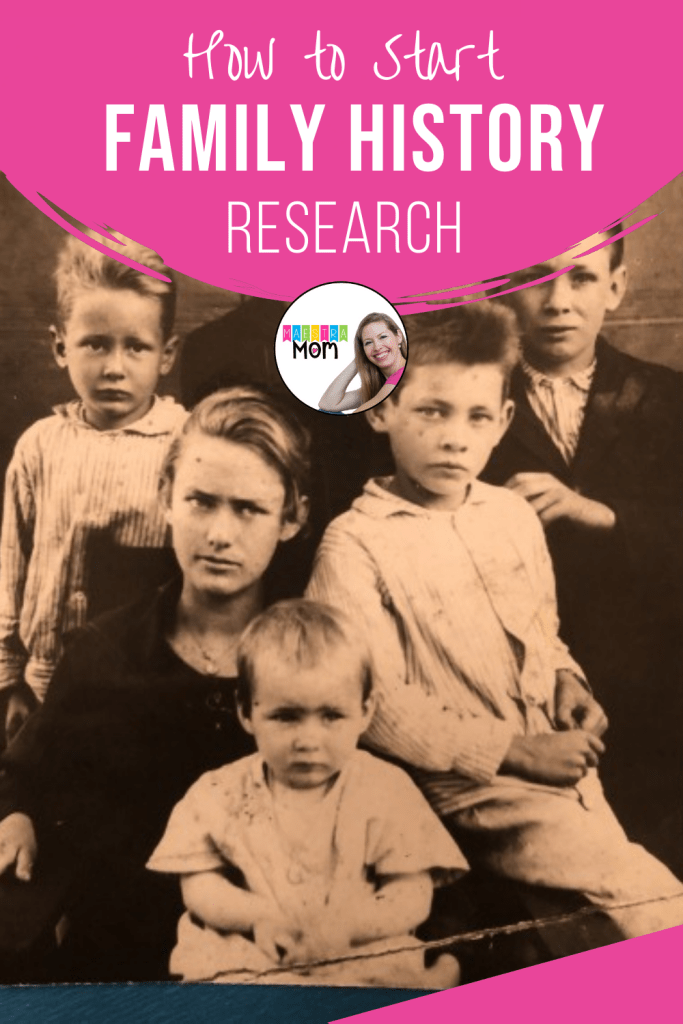


Pingback: Unique Baby Girl Names Snatched from History - Maestra Mom
Pingback: Tried & True Classic, Traditional Baby Girl Names - Maestra Mom